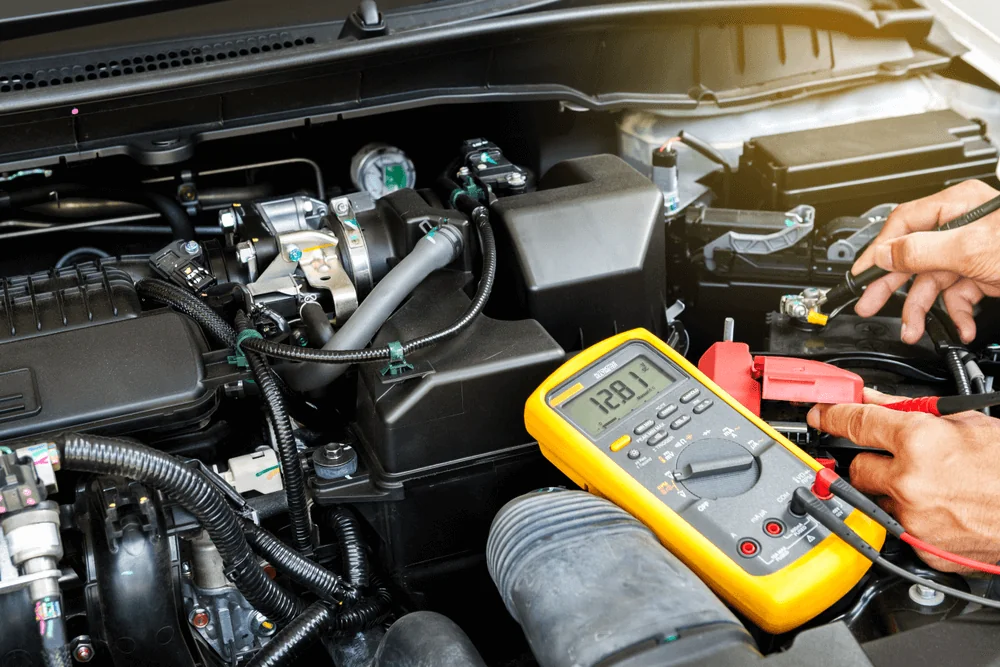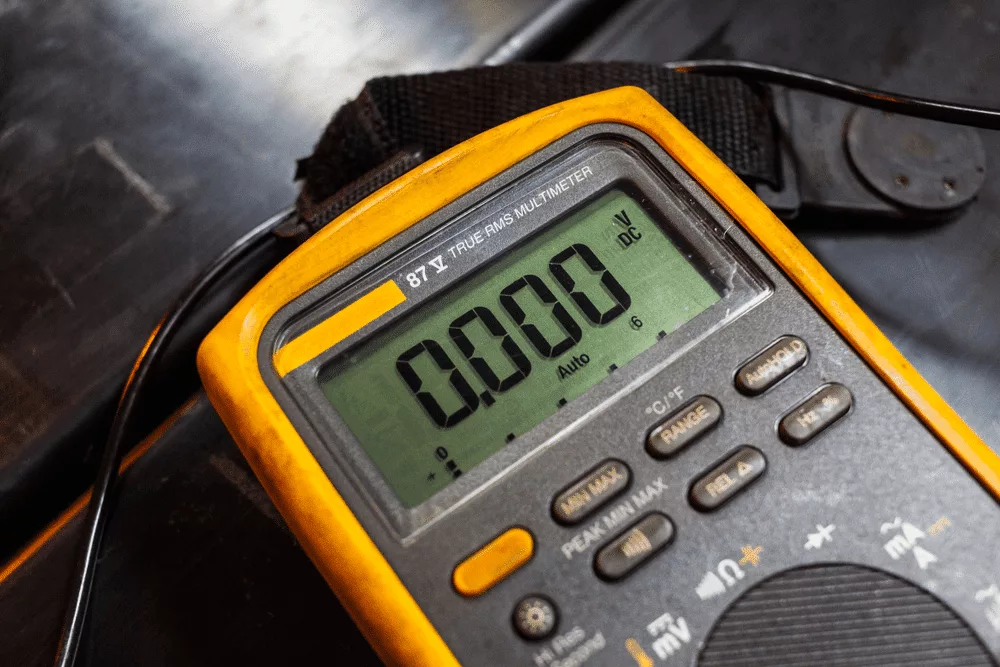In a multimeter, there are many things you should know and there are many things you should understand. You can’t ever use the device safely and effectively if you are just guessing and just trying to express ideas of your head.
Since there are many factors of the device that you need to spend some of your attention in, this article will help you understand the basic features, functions, and measurements of digital multimeters which are highly essential for the perfect use of the tool.
More...

Most basic multimeters can able to measure AC/DC voltage and current, resistance, continuity, and diodes. But the more advanced multimeters can measure properties more than these such as capacitance, frequency, temperature or pressure.
AC/DC Voltage
A device with a higher main voltage rating is important for household and industrial measurement operations. The most used voltage for household circuits is around 10% of 230V but some other countries are using between 100 and 127V. Where ever you are in the world, using the correct voltage and measuring this safely can prolong thousands of lives.
AC/DC Current
The same way with measuring the voltage, it is still good to safely measure the current by making sure that the current has no issue and it is not too high for unawareness of this can lead to serious electrical hazards. This is what commonly happens when using unreasonably cheap devices. If you tend to use a multimeter above the range it is designed for you would really experience terribly dangerous results.
Resistance and Continuity
Resistance and continuity are some of the basic features of a multimeter device that needs to be understood. The measurement of resistance is done by passing the current through the measured component. What an open circuit commonly has is an infinite resistance but those closed circuits have resistance in opposite to the open type which is usually very small or low.
Some multimeters are with a beeper that produces a tone in order to indicate small resistance. On the other hand, some of them will give the visual alert such as red light. Always make sure that the beeper will give a clear tone and the visual alert will not give delayed information so you can identify the problem easily.
Temperature
If your device has the ability to measure temperature then you probably have an advanced one. A tool like this is designed with a dual and different temperature function in order to measure two temperatures at the same time and calculate their differences with ease. A device with the ability to measure two temperatures in one is more convenient while giving more capabilities.
Frequency
Your device maintains the right frequency if it has a steady AC voltage and current range. A tool with the frequency measurement can help you monitor real-time voltage or current calculations within a specific frequency, pulse width or duty cycle. Though not all multimeter devices come with this feature but frequency advantage can help a lot when it comes to achieving correct frequency in a specific component.
Diode Check
Most digital multimeters nowadays are being designed with a diode check function. This feature shows the forward voltage drop of the diode. A diode can be tested best by measuring the voltage drop across the diode itself when it is forward-biased. In this case, a forward-biased diode operates as a closed switch to allow current to flow.
The Diode Test mode of a multimeter produces a small voltage between test leads and then displays the voltage drop when the leads are attached across a diode that was biased forward.
A Guide To Common Multimeter Symbols

Just like other tools, multimeters also have electronic symbols. Their means are important for proper understanding and use of the product. Whether you are still learning to use the device or you already have one for a while, breaking uncertainties on what a couple of the symbols really mean should be given attention.
Lots of different multimeters are sold everywhere. But all of them used common symbols. This article will guide you to common multimeter symbols while helping you how to choose the right multimeter in the right way.
AC Voltage Symbol – AC voltage is the most common setting for testing voltages in the house or industry use. Voltage measurement usually falls between 100-240 volts AC. However, the measurement usually varies on the area where you live.
DC Voltage Symbol – DC voltage enables users to test small electronic circuits, batteries and indicator lights. DC voltage usually measures 30 volts DC and just like AC voltage, you can find this thing with V symbol.
Hold Button – The hold button from the words itself holds whatever the device reads after it was pressed. This symbol has always been a great feature especially for users who always want the exact reading to be remembered.
Range Button – A button of multimeter device that is used to cycle between different ranges is the range button. Though most meters are equipped with the auto-ranging feature but some devices have the option of selecting a specific range that the user may opt for.
Diode Check – This setting is considered to be the most reliable way to test and know if you’re using diodes that are bad or good enough. The diode test can also be used to check if a diode is functioning or not. When it comes to performing the test, the process usually involves using Ohms setting.
Ohms Setting – Ohms setting is designed to measure resistance. Ohms setting does not just measure resistance but it can also be used to test the condition of fuses in a quick and easy way. When you test a fuse and the result is read as OL then you probably got a fuse that has blown.
Continuity Check – Some people may find this symbol to be very familiar with a horizontal Wi-Fi symbol. Having this feature enables the meter to emit an audible tone when it is detected. If you’re finding short circuits or open circuits, the continuity can work fast and effective in any way. If there is an electrical connection between the probe tips, the multimeter produces sound. The continuity check can also be used to cooperate with other features of the device.
Alternating Current Test – The alternating current is normally used with the addition of a clamp attachment. The alternating current of a multimeter is essential for testing. Let’s say for example you want to know how much load an appliance is representing, you can use the alternating current test to find it out.
Brightness Button – With the brightness button, you can change the backlight of the display probably from dim to bright. This multimeter button will help users change the brightness of the device during the day, night or anytime they want.
S-shaped Curved Line – A curved line usually appears on your multimeter device and it usually shows with either V or A symbols together with their respective metric prefixes. That curved line stands for alternating current and if it appears with V, it signifies that the voltage can be measured in an AC. If the curved line is placed with V, it means that you can measure the amps in an AC circuit.
Probes – Probes are typically color-coded: color red for the positive and black for negative. Probes usually have a long exposed metal to make bare wire or component leads to be secured by twisting or with the use of alligator clips. This will make readings hands-free. Most basic probes have metal needles that can be used to touch wires and other components on a printed circuit board.
